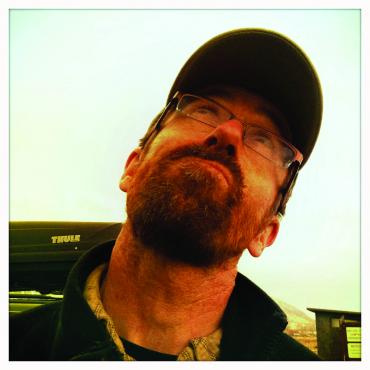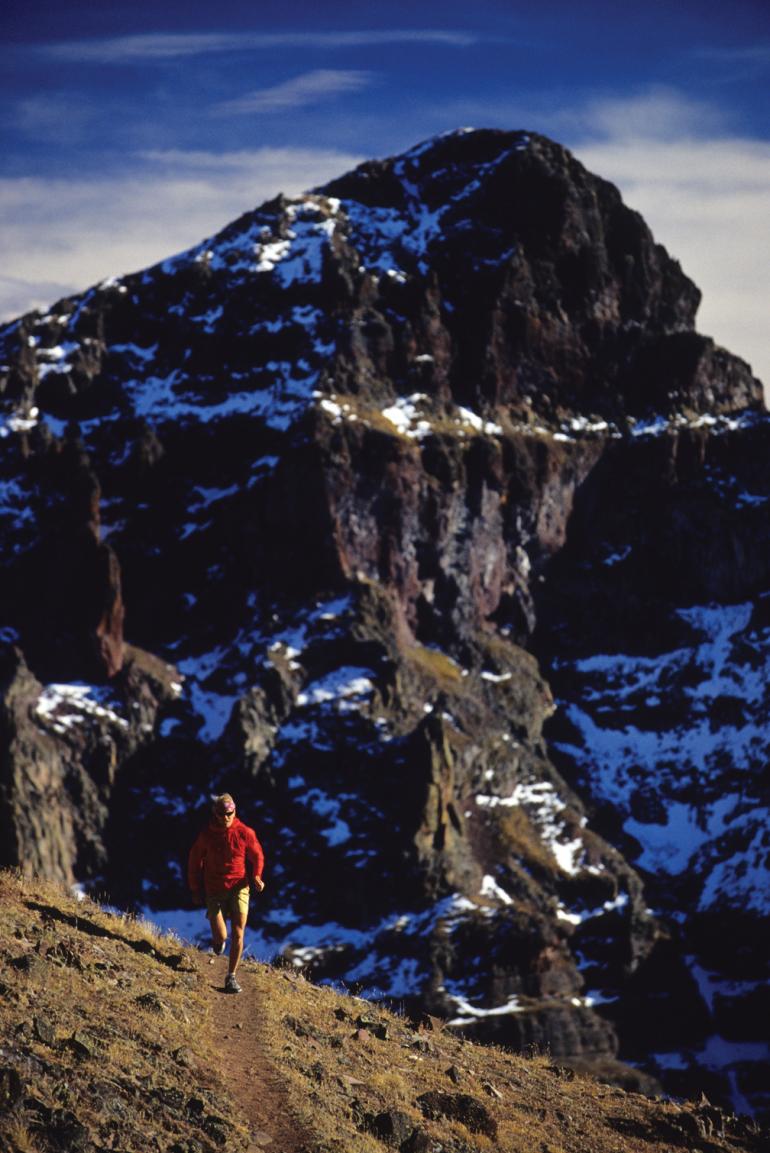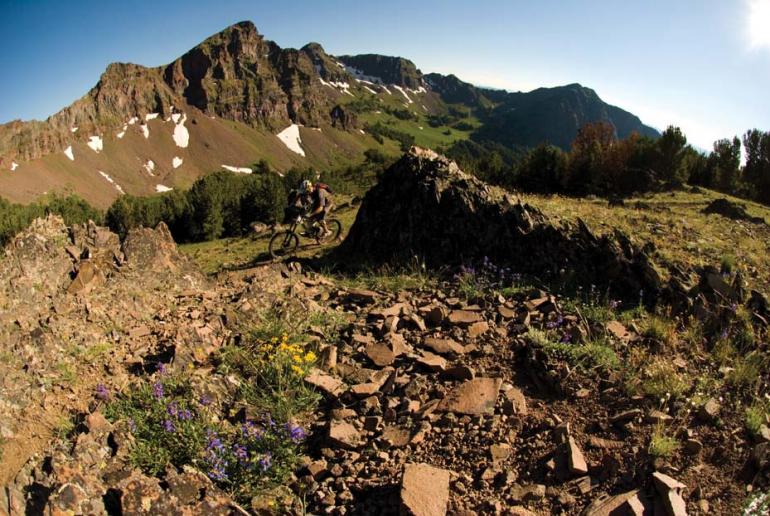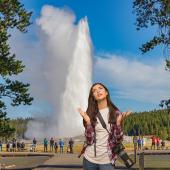Sculpting Light and Time
In this sophisticated age where motor-driven, auto-focused, auto-exposed digital cameras can be shot while blindfolded and produce a useable image through Photoshop trickery, there is still no electronic substitute for thoughtful composition and deliberate content. While the new cameras, cell phones, and software have raised the casual snapshot to a new instantaneous art form, a little extra thought can elevate your images above today’s 24/7 visual cacophony.
Survey Your Surroundings
If you choose to inflict a camera on an otherwise delightful outing, a bit of planning and practice can make your next adventure more photographically rewarding. Check the day’s predicted weather conditions that will figure into your shooting wish list. What’s the sun angle this time of year? Where will the shadows be cast? What time is sunset, moonrise, high tide, first chair, happy hour? Where do you want to be when the sun is going down? Anticipate those fleeting moments of magical light making sure not to fixate on just one subject or direction of view. Spin a 360 to witness the play of light surrounding you. This is when practice with your gear pays off—compose and focus, confirm settings, push the button, get the image, and move on.
Find the Right Angle
If you are photographing babies, dogs, or pretty much anything else, don’t just shoot down from the lofty level of an adult human eye. Get on their level. Lay on the ground. Climb a tree. Avoid placing heads or the horizon line in the middle of the frame. Refine the composition by moving the camera around—sometimes a few feet makes a big difference. Every item in the frame is your responsibility, so take it seriously. Did you really mean to have Old Faithful spouting out of Uncle Fred’s fedora?
If you include action figures in your imagery, try new angles or subject placement within the frame. Identify the composition and direct the action into the scene. Look for strong lines, contrasting colors, textures, or natural features to build upon. Visualize the decisive moment, identify variables, and capture it the best you can.
Know Your Equipment
Make a point of using all the gear you carry. Less is definitely more—there are no macho poser points for recreating all day with heavy gear you don’t use. Bring an extra ham sandwich instead. Explore the full gamut of your focal range choices—don’t get stuck on one angle of view or perspective. Compose and shoot both vertical and horizontal images from any given scene. Train your compositional eye by visualizing focal length choices and image orientation before you pick up your camera; a useful exercise for technically nailing those fast changing spontaneous events.
Once you have invested in the digital gear, shooting is cheap. Photograph often, experiment with new ideas, and know the functions of your camera. Most importantly, become a brutal self-editor—know when to push DELETE. No need to fill up another hard drive (or bore your family and friends) with the shots that got away.
Some of my favorite images are ones that required planning and several earnest attempts—often spanning years—to have the unique convergence of a strong composition, the desired light, and the decisive moment of action. Dumb luck doesn’t hurt either.
Resident lunatic Bob Allen has been paying the bills with his camera since 1989.













